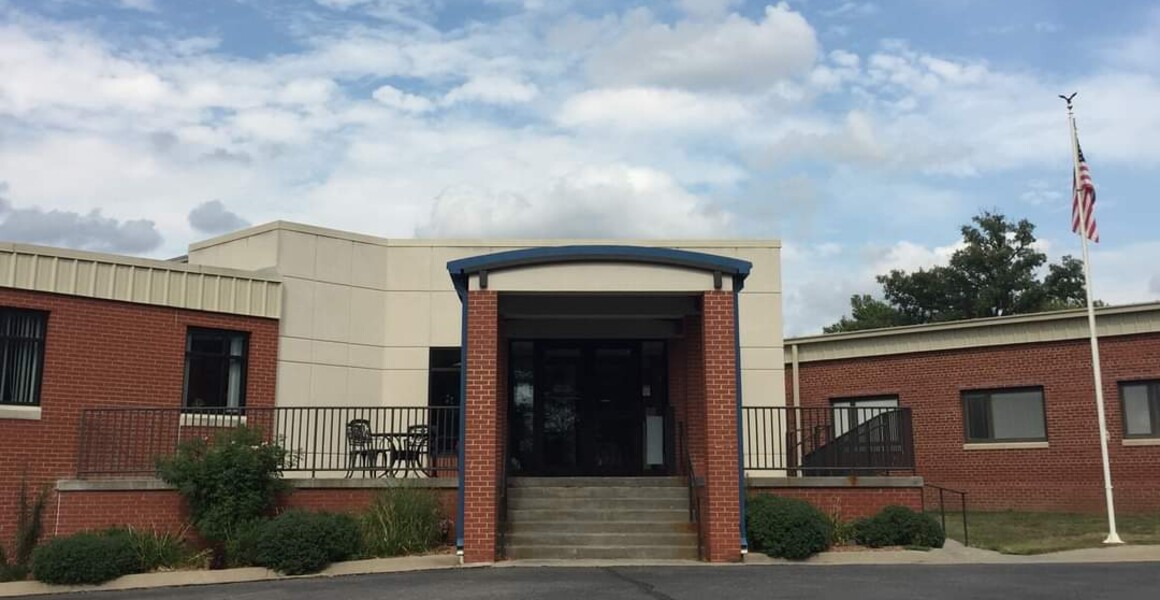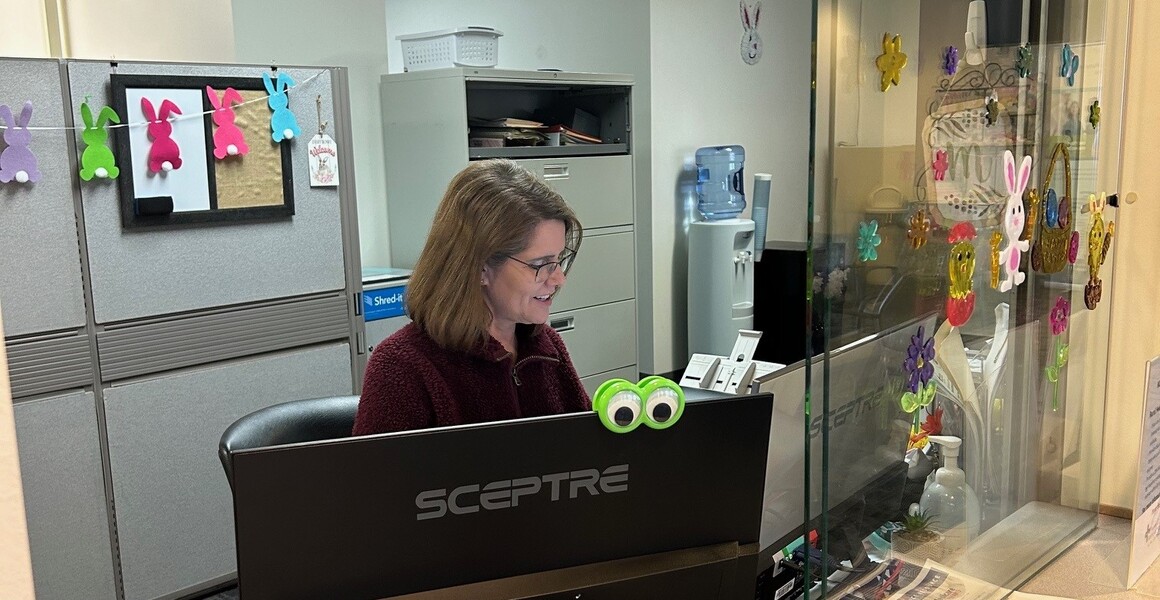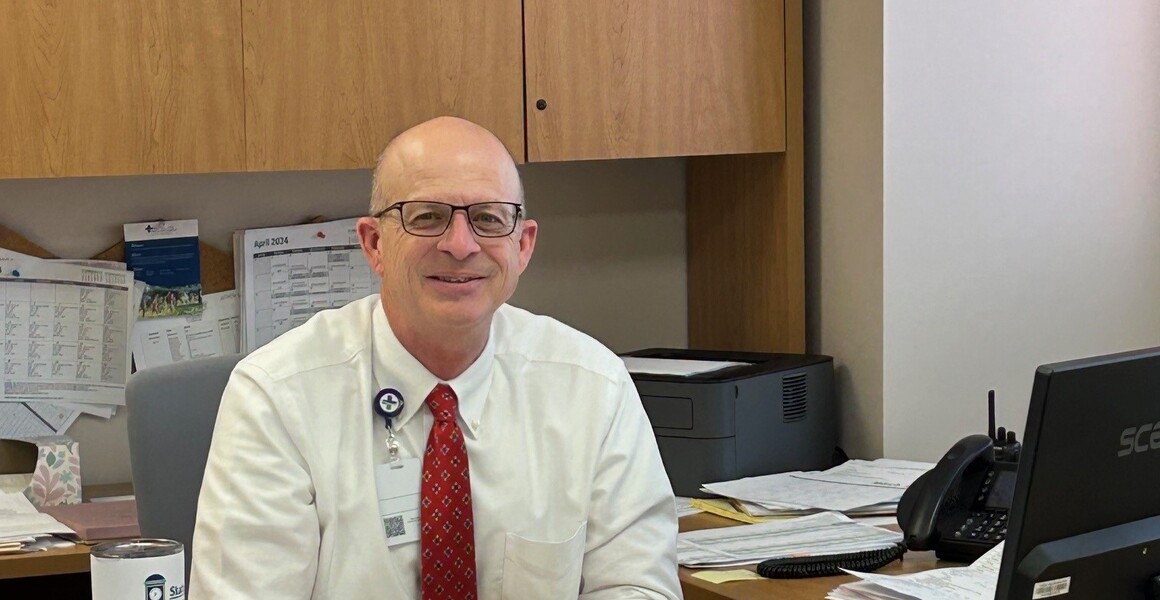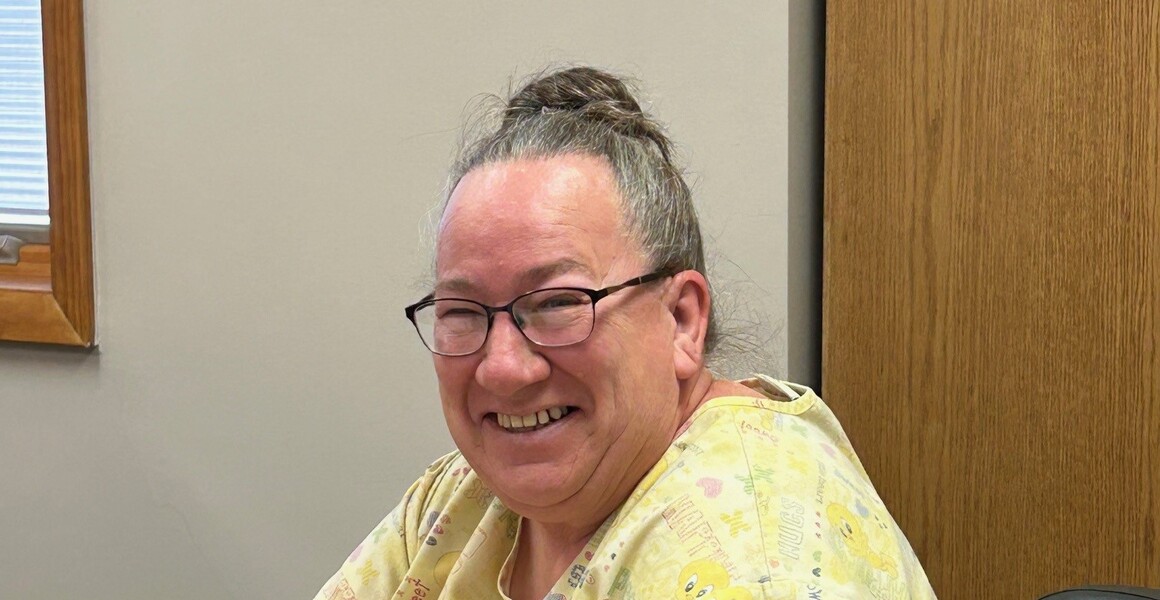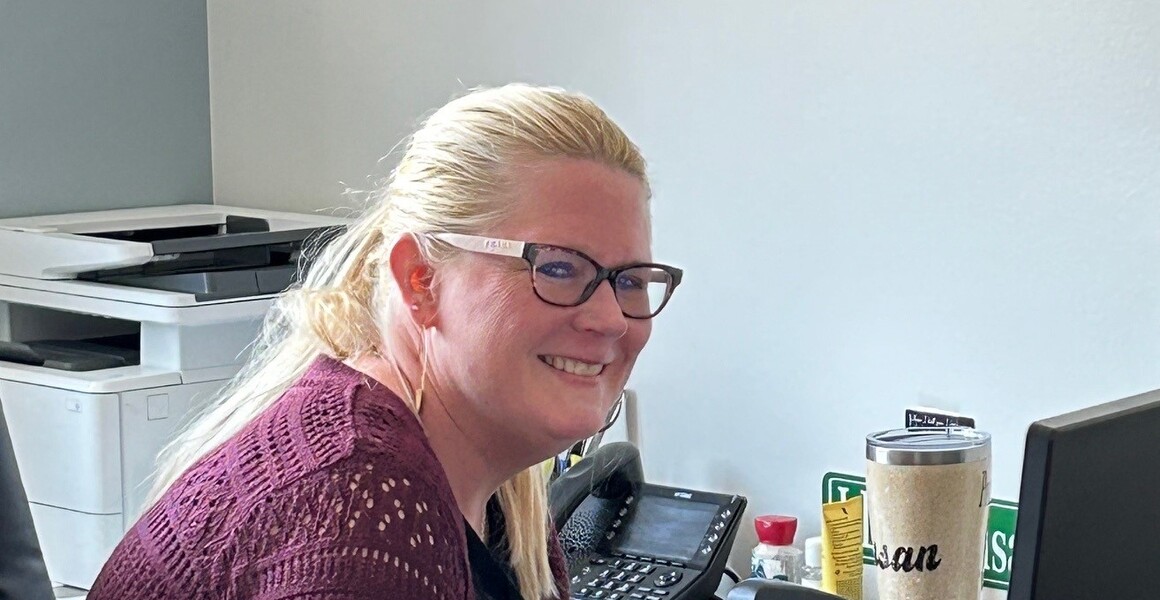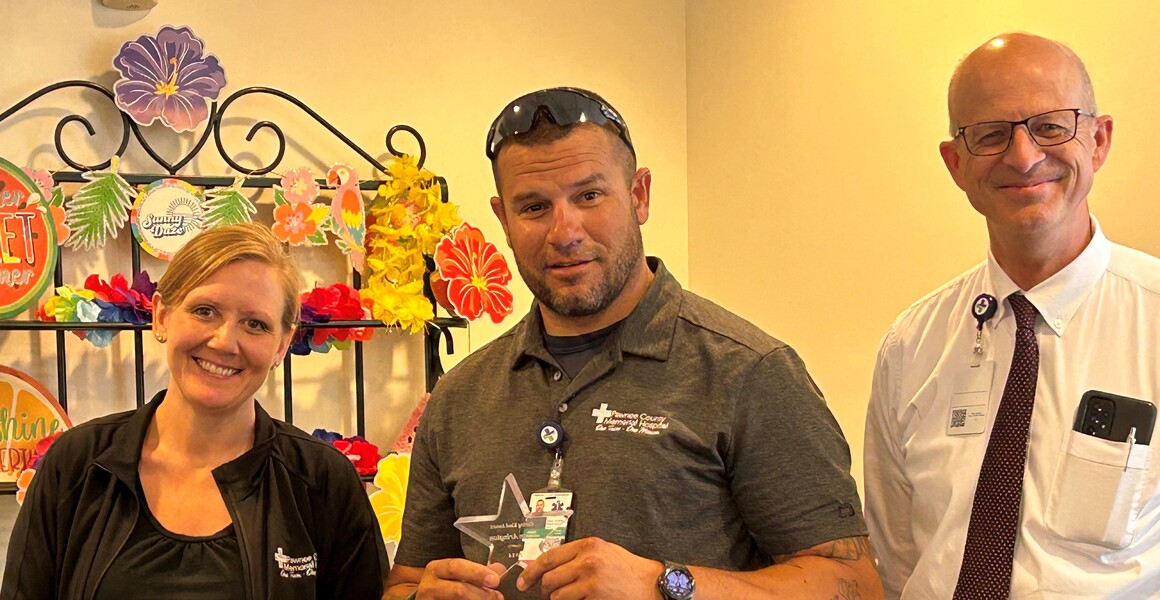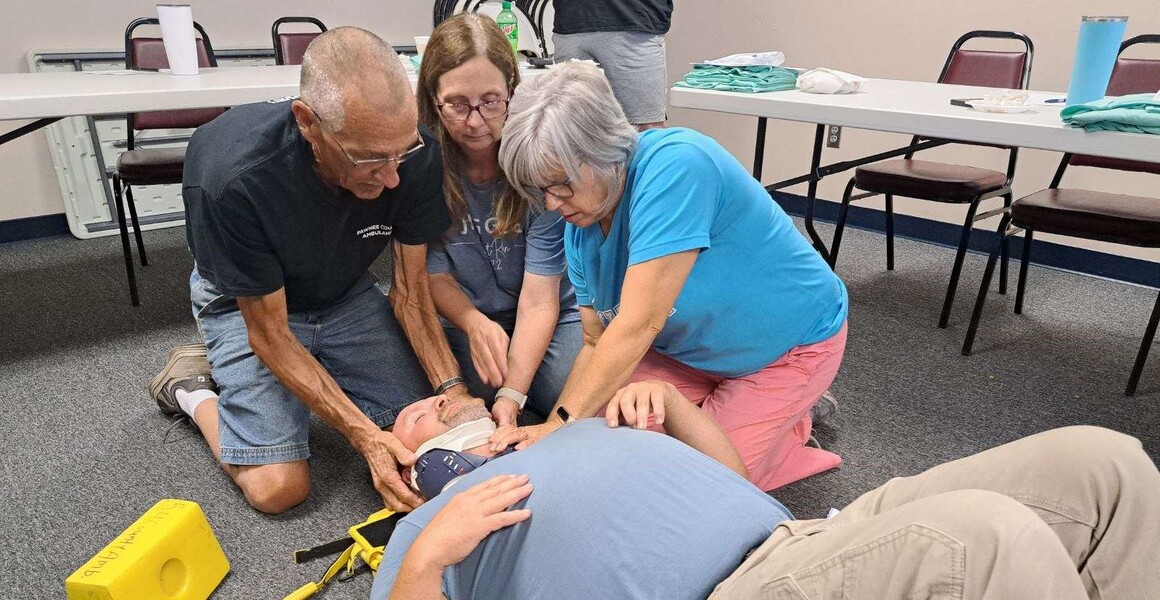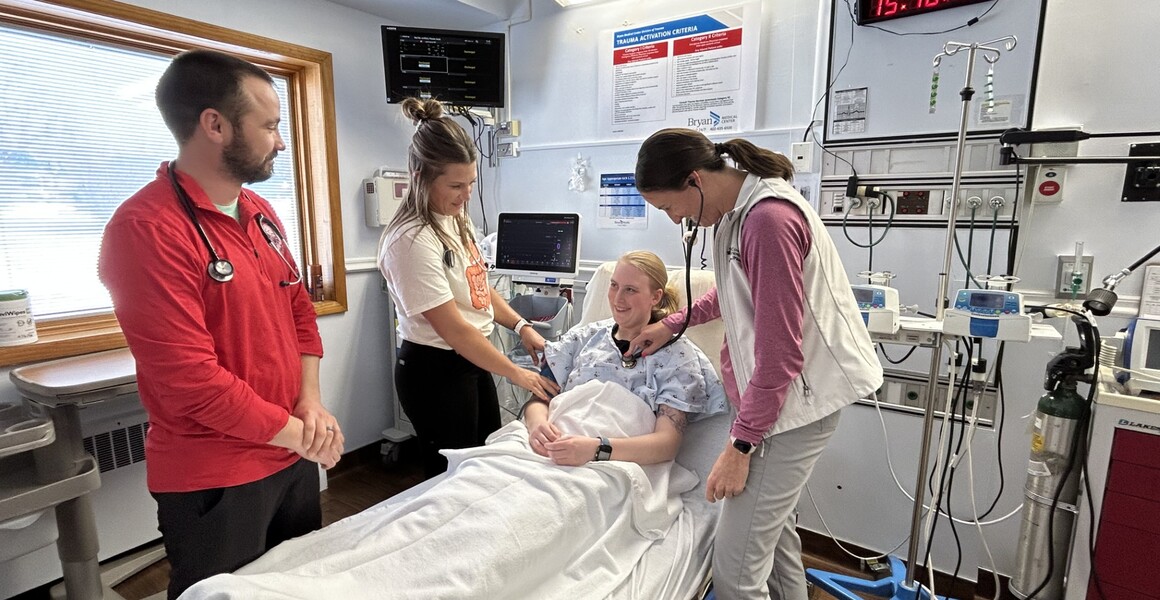Lung Nodules
By Dr. Kent Niss
A very common topic that comes up is the conversation of lung nodules. Many people every day receive a chest x-ray or a CT scan of their chest for innumerable reasons. Oftentimes when we do these tests, we also discover unexpected findings. One of the most common unexpected findings is a lung nodule. For most people when they hear lung nodule their first thought is lung cancer. In the vast majority of instances this is not the case. However, because of the risk of this being lung cancer there are several steps that your primary care provider may take.
First let’s discuss what lung nodules are. Lung nodules are just small areas of abnormality within the lung tissue that are seen on chest x-ray or CT scan. When these are seen on chest x-ray, we are only seeing a 2-dimensional version which makes it very difficult to determine what could have caused them. On CT scan we see more of a 3-dimensional version which does help differentiate what may be causing the nodule. More often than not nodules are benign (not cancerous). These are usually due to scarring or remnants of old infections. Most of us whether we are aware of it or not have had several infections in our lungs over the years. Most of these are viral or even some of them are fungal. Oftentimes these will leave small areas of scarring. Our body over time will usually get rid of these scarred areas, however some of them will linger for the rest of our life. Nodules that are made of scar tissue rarely grow in size and that is one of the easiest ways that we can monitor to see if these are truly from scar tissue or something more nefarious.
What to do next when a lung nodule is spotted: Most commonly the first step if a lung nodule is noted on any sort of imaging study is to repeat that or the next step up of an imaging study within the next 3-9 months. This is determined on what the appearance of the nodule is. Whether the nodule is small or large or if it has particular characteristics that we know are associated with cancer more often than not. If it is a larger nodule or has any particular characteristics that are associated with cancer, we usually recommend following up with an image within 3 months. Best repeat imaging to determine if this nodule is enlarging in size or staying the same. Oftentimes if nodules are staying similar in size they are more than likely non worrisome.
If a lung nodule is noted to have changes in its characteristics for size a diagnosis of lung cancer is of most concern. There are several different types of lung cancer including small cell lung cancer and non-small cell lung cancer as well as several different smaller/rare types of cancer. Do not let these names fool you as these cancers can grow large in size as well as become very malignant (spreading to other areas of the body). Therefore, the next step in management and diagnosis is to get a biopsy. This is usually performed under ultrasound guidance or with something called bronchoscopy. Once a biopsy is performed and confirmation of what the nodule is composed of is identified, steps in planning for treatment can be made. There are lots of different avenues that can be taken at this point.
Lung nodules could be a very scary thing to hear about however it is important to remember that the vast majority of these are benign and not worrisome. However, it is always important to discuss any lung nodule with your provider if they are not aware of it. Just as it is important to ask questions if you have concerns about any findings on any imaging results. If you have more questions about lung nodules and lung cancer, please talk to your primary care provider.

